A healthy smile is not only a source of confidence but also a crucial aspect of overall well-being. Dental insurance plays a pivotal role in ensuring access to preventive and necessary dental care while providing financial protection against unexpected expenses.
In this comprehensive guide tailored for US audiences, we will explore every facet of dental insurance, from its definition and types to key considerations, benefits, and tips for choosing the right coverage.
Whether you’re navigating employer-sponsored plans, exploring individual options, or considering supplemental coverage, this guide aims to empower you with the knowledge needed to make informed decisions about your dental health and insurance.
Understanding Dental Insurance
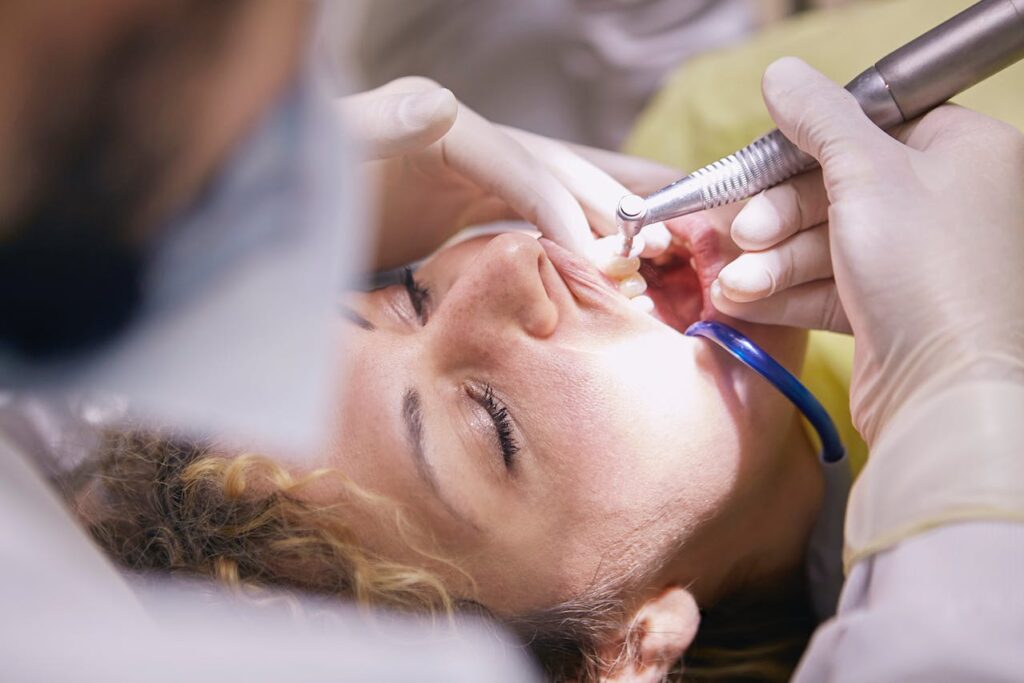
Definition and Purpose
Dental insurance is a type of health insurance designed specifically to cover the costs associated with preventive, routine, and major dental care. Unlike general health insurance, which may focus on medical and hospital expenses, dental insurance is tailored to address the unique needs of oral health, including regular check-ups, cleanings, X-rays, and treatments for dental conditions.
Types of Dental Insurance
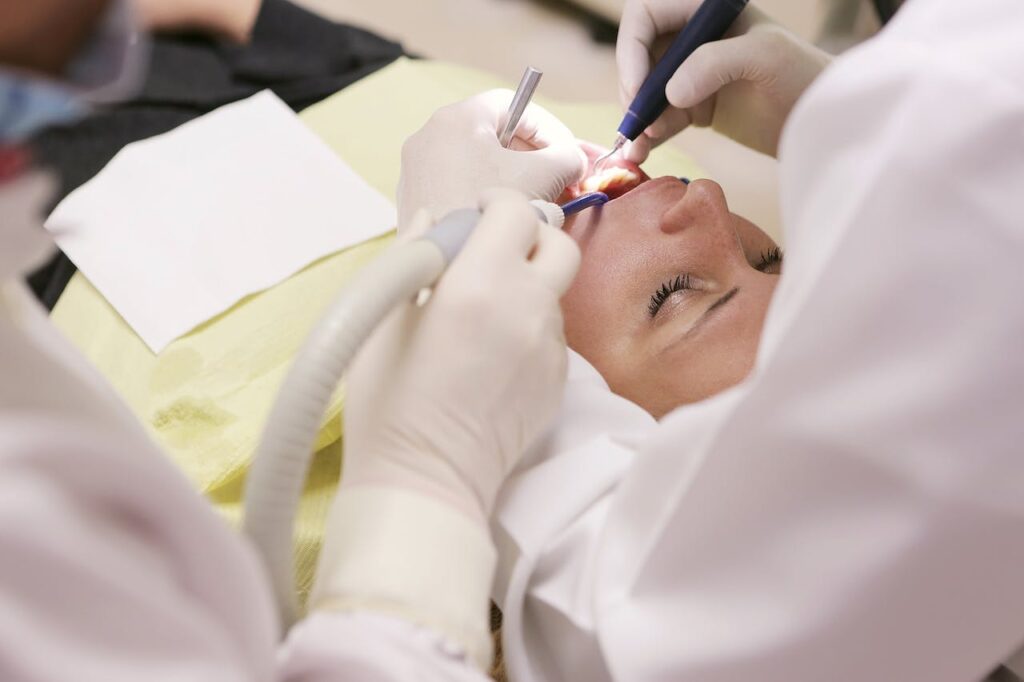
1. Employer-Sponsored Dental Insurance
Many individuals receive dental insurance coverage as part of their employee benefits. Employer-sponsored dental plans may vary in coverage and cost, but they often include preventive care, basic procedures (such as fillings and extractions), and sometimes coverage for more extensive dental work.
2. Individual and Family Dental Insurance
For those without access to employer-sponsored plans, individual and family dental insurance policies are available. These plans can be purchased directly from insurance providers and offer flexibility in terms of coverage options and providers.
3. Dental Discount Plans
Dental discount plans are not traditional insurance but rather membership programs that provide discounts on dental services. Members pay an annual fee to access reduced rates for dental care from participating providers. While not insurance, these plans can offer cost savings for individuals and families.
4. Medicare and Medicaid Dental Coverage
While original Medicare typically does not include dental coverage, some Medicare Advantage plans (Part C) may offer dental benefits. Medicaid dental coverage varies by state, with some states providing comprehensive dental benefits and others offering limited coverage.
Key Considerations Before Choosing Dental Insurance
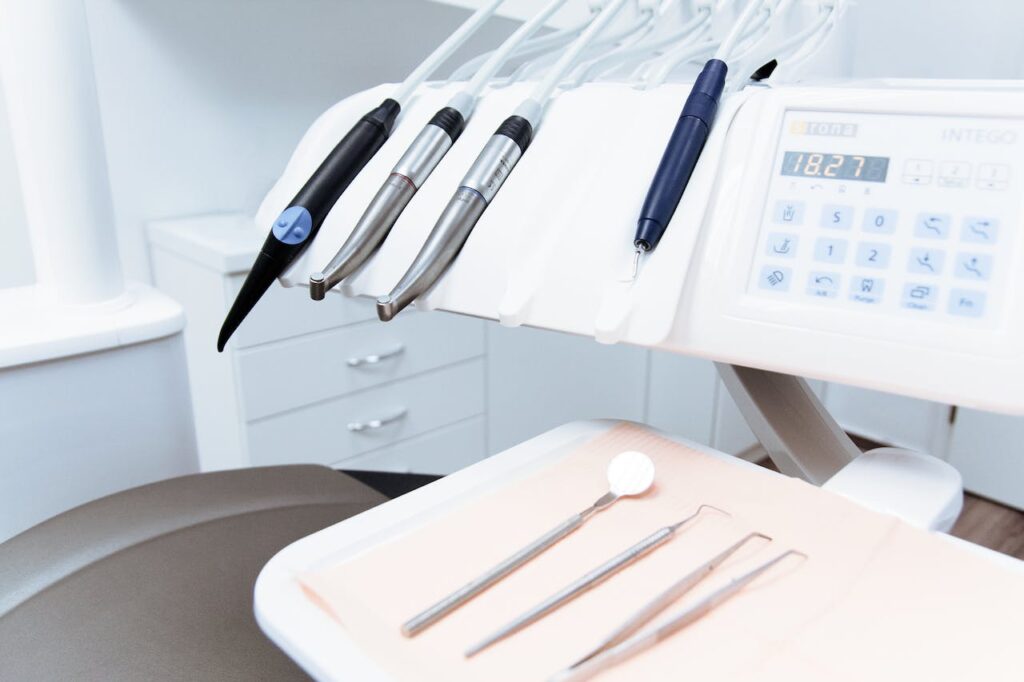
A – Coverage and Services
Examine the coverage offered by the dental insurance plan. This includes preventive services (e.g., cleanings, exams), basic procedures (e.g., fillings), and major services (e.g., crowns, root canals). Understand any waiting periods for coverage of specific services.
B – Network of Dentists
Check the network of dentists associated with the dental insurance plan. In-network dentists typically have negotiated lower rates, reducing out-of-pocket costs for the insured. Verify whether your current dentist is part of the plan’s network.
C – Cost-Sharing Elements
Understand the cost-sharing components of the plan, including copayments, deductibles, and coinsurance. Evaluate how these elements contribute to your overall out-of-pocket expenses for various dental services.
D – Waiting Periods
Some dental insurance plans have waiting periods before certain services are covered. Be aware of any waiting periods for major procedures, orthodontic treatment, or other specific services.
E – Exclusions and Limitations
Review the plan’s exclusions and limitations, as certain dental procedures or conditions may not be covered. Understanding these limitations helps manage expectations and avoid surprises when seeking dental care.
F – Annual Maximums
Check for annual maximums, which represent the maximum amount the insurance plan will pay for covered services in a given year. Be aware of these limits, especially if you anticipate needing extensive dental work.
Benefits of Dental Insurance

A. Preventive Care Coverage
Dental insurance typically covers preventive care, including routine check-ups, cleanings, and X-rays. These services contribute to maintaining good oral health and preventing more extensive dental issues.
B. Cost Savings on Basic and Major Procedures
Dental insurance provides cost savings on a range of dental procedures, including fillings, extractions, crowns, and root canals. The negotiated rates with in-network providers contribute to reduced out-of-pocket expenses.
C. Access to a Network of Dentists
Being part of a dental insurance plan often means access to a network of dentists who have agreed to provide services at negotiated rates. This network ensures that insured individuals have a selection of qualified providers to choose from.
D. Financial Protection Against Unexpected Expenses
Dental insurance offers financial protection against unexpected dental expenses. Whether it’s a sudden toothache, a need for a crown, or unforeseen dental emergencies, having insurance coverage helps manage costs and avoid financial strain.
E. Coverage for Orthodontic Treatment
Some dental insurance plans provide coverage for orthodontic treatment, including braces or other corrective procedures. This is particularly beneficial for individuals or families with orthodontic needs.
Tips for Choosing the Right Dental Insurance

1. Assess Your Dental Needs
Consider your current dental health, any ongoing dental issues, and potential future needs. Assessing your dental needs helps you choose a plan that aligns with your specific requirements.
2. Check the Network of Dentists
Verify the network of dentists associated with the dental insurance plan. If you have a preferred dentist, ensure they are part of the plan’s network to maximize cost savings.
3. Understand Cost-Sharing Elements
Thoroughly understand the cost-sharing elements of the plan, including copayments, deductibles, and coinsurance. Evaluate how these elements contribute to your overall out-of-pocket expenses for different types of dental services.
4. Review Waiting Periods
Be aware of any waiting periods associated with the dental insurance plan, especially for major procedures or orthodontic treatment. Consider waiting periods when evaluating the immediacy of your dental needs.
5. Consider Annual Maximums
Check the annual maximums set by the dental insurance plan. Consider whether these maximums align with your expected dental expenses and whether they provide adequate coverage for potential major procedures.
6. Evaluate Exclusions and Limitations
Review the plan’s exclusions and limitations to understand what dental procedures or conditions may not be covered. This knowledge helps manage expectations and avoids surprises when seeking dental care.
7. Explore Additional Benefits
Some dental insurance plans offer additional benefits beyond basic coverage. These may include coverage for cosmetic dentistry, discounts on additional services, or coverage for unique dental needs. Explore these extra benefits to enhance your overall dental insurance experience.
Common Myths and Misconceptions
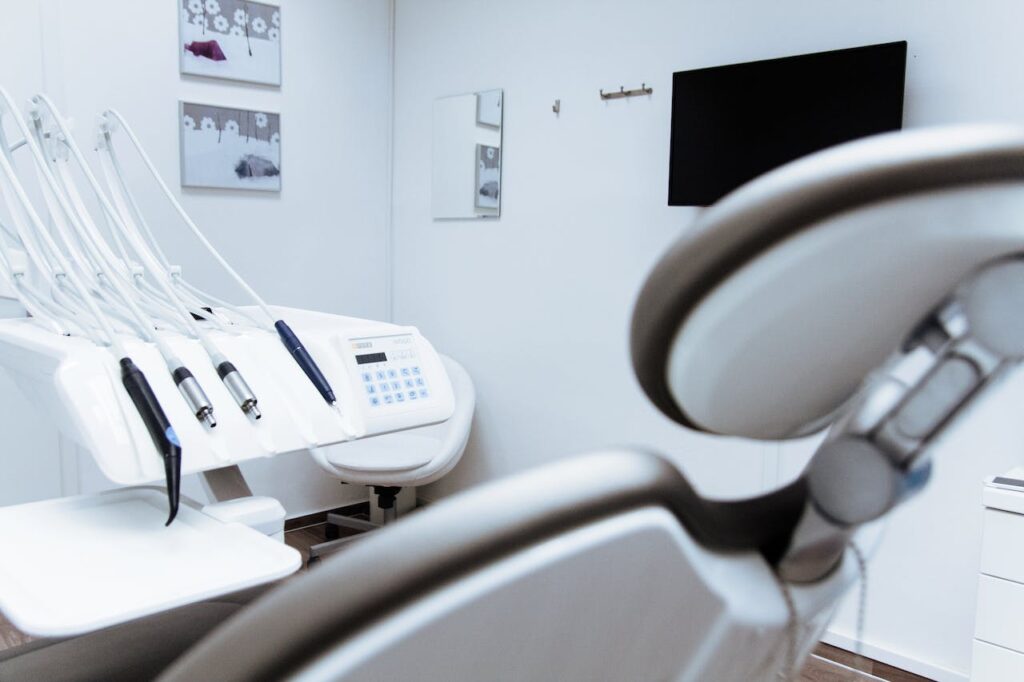
1. Dental Insurance is Only for Expensive Procedures:
While dental insurance provides significant savings on major procedures, it also covers preventive care, routine check-ups, and basic procedures. Having coverage for preventive services helps maintain good oral health and prevents more extensive issues.
2. I Can Pay Out-of-Pocket for Dental Expenses:
While some individuals may choose to pay out-of-pocket for dental care, dental insurance provides a financial safety net, especially for unexpected or costly dental procedures. Insurance helps manage costs and avoids financial strain.
3. All Dental Insurance Plans Are the Same:
Dental insurance plans vary in terms of coverage, cost-sharing elements, and provider networks. It’s essential to carefully compare plans and select one that aligns with your dental health needs and financial considerations.
4. I Don’t Need Dental Insurance if I Have Good Oral Health:
Dental insurance is not only for addressing existing dental issues but also for maintaining good oral health through preventive care. Regular check-ups and cleanings covered by insurance contribute to overall well-being.
Maximizing Your Dental Insurance
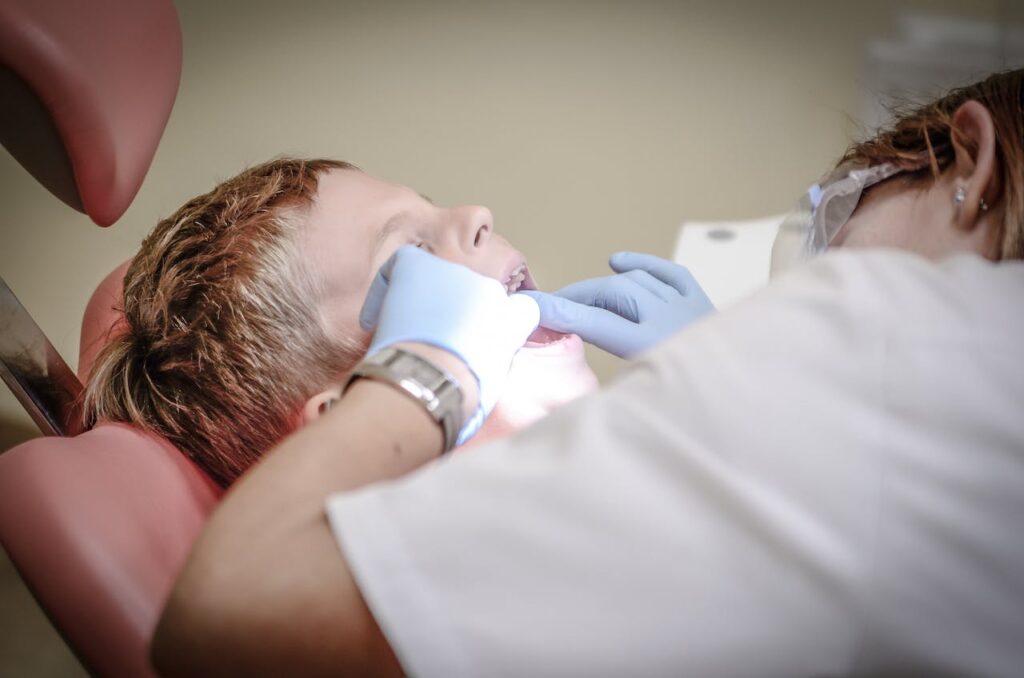
1. Schedule Regular Check-Ups
Take advantage of preventive care covered by your dental insurance, including regular check-ups, cleanings, and X-rays. These appointments help maintain good oral health and prevent potential issues.
2. Utilize In-Network Providers
Whenever possible, seek dental care from in-network providers. In-network dentists have agreed to provide services at negotiated rates, resulting in lower out-of-pocket costs for insured individuals.
3. Understand Your Coverage
Familiarize yourself with the details of your dental insurance coverage, including covered services, cost-sharing elements, and any limitations. Understanding your coverage helps you make informed decisions about your dental care.
4. Plan for Major Procedures
If you anticipate needing major dental procedures, plan accordingly by considering waiting periods, annual maximums, and coverage for specific services. This proactive approach helps you navigate potential expenses more effectively.
5. Keep Records of Dental Expenses
Maintain records of dental expenses, including bills, explanations of benefits (EOBs), and receipts for out-of-pocket costs. This documentation is valuable for tracking expenses, filing claims, and preparing for tax purposes.

Conclusion
Dental insurance stands as a guardian of oral health, providing a pathway to preventive care and financial protection against unexpected dental expenses. This comprehensive guide has explored every aspect of dental insurance in the United States, from its definition and types to key considerations, benefits, and tips for choosing the right coverage.
As individuals and families prioritize their dental health, understanding the intricacies of dental insurance empowers them to make informed decisions that align with their unique needs and circumstances. Whether securing coverage through employer-sponsored plans, exploring individual options, or considering supplemental plans, the goal remains the same: preserving smiles while safeguarding financial well-being. In a world where a healthy smile is priceless, dental insurance serves as a valuable ally in ensuring that every smile is both vibrant and protected.


